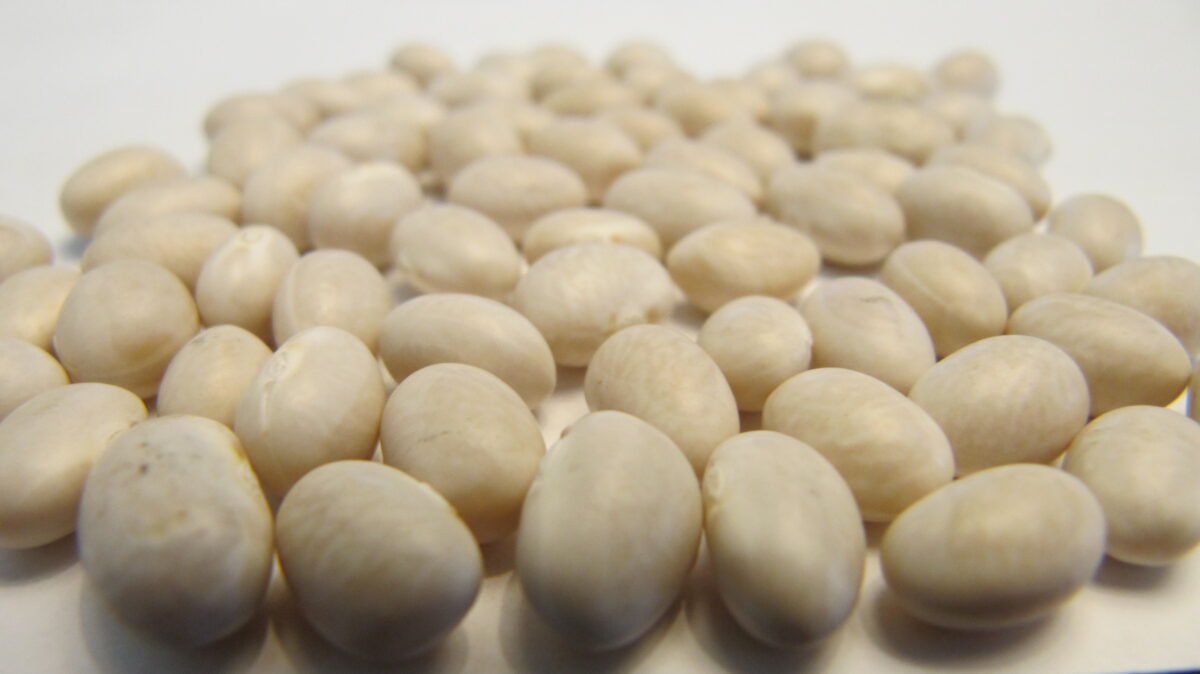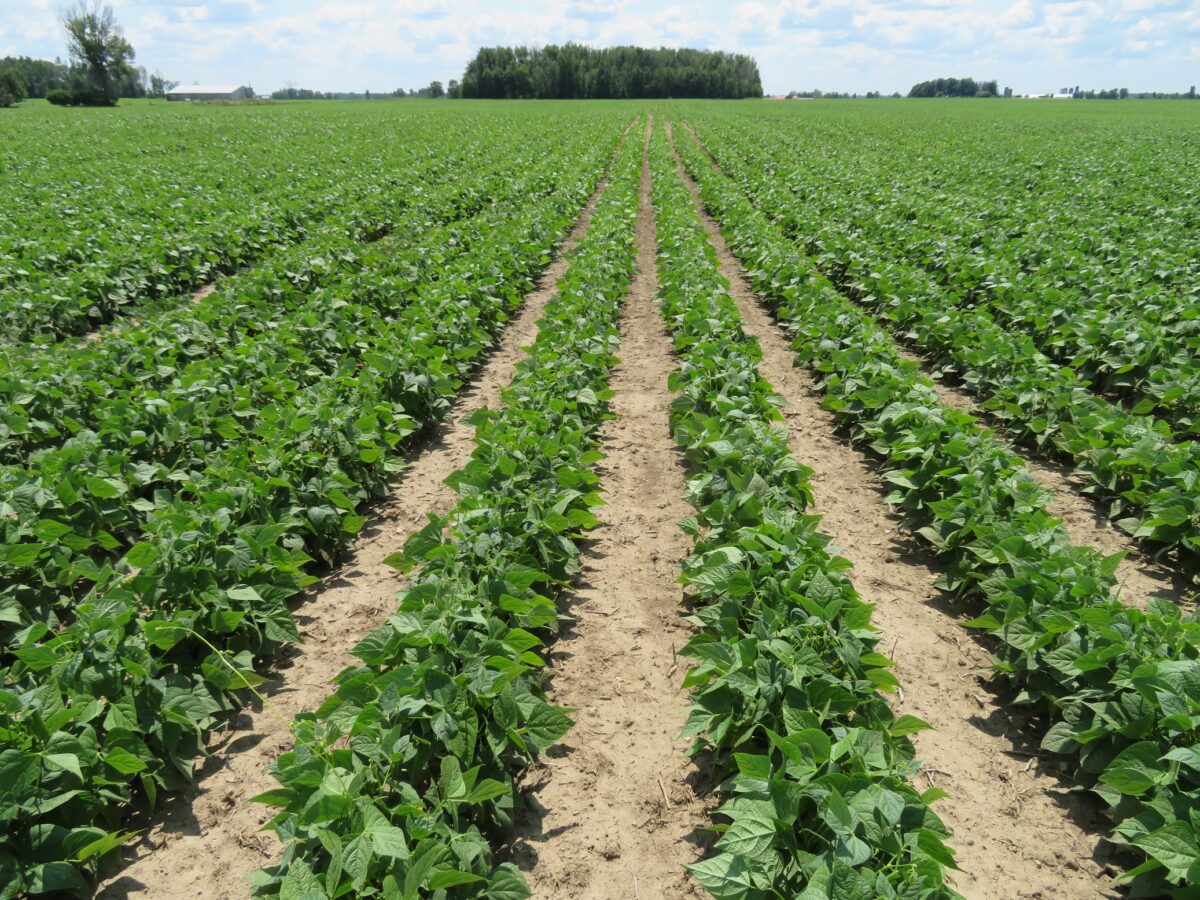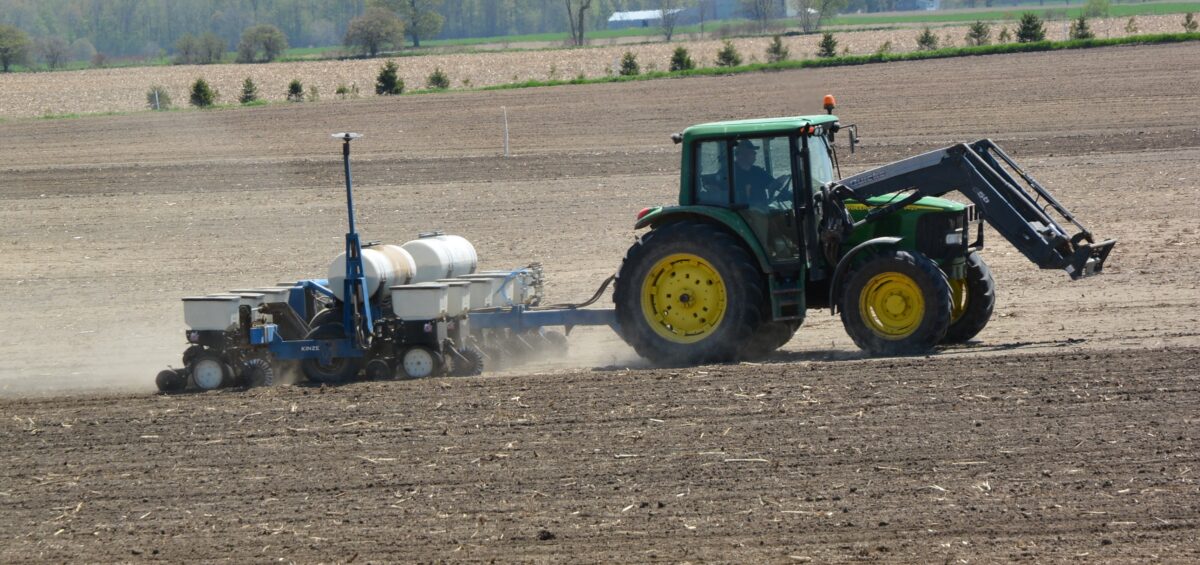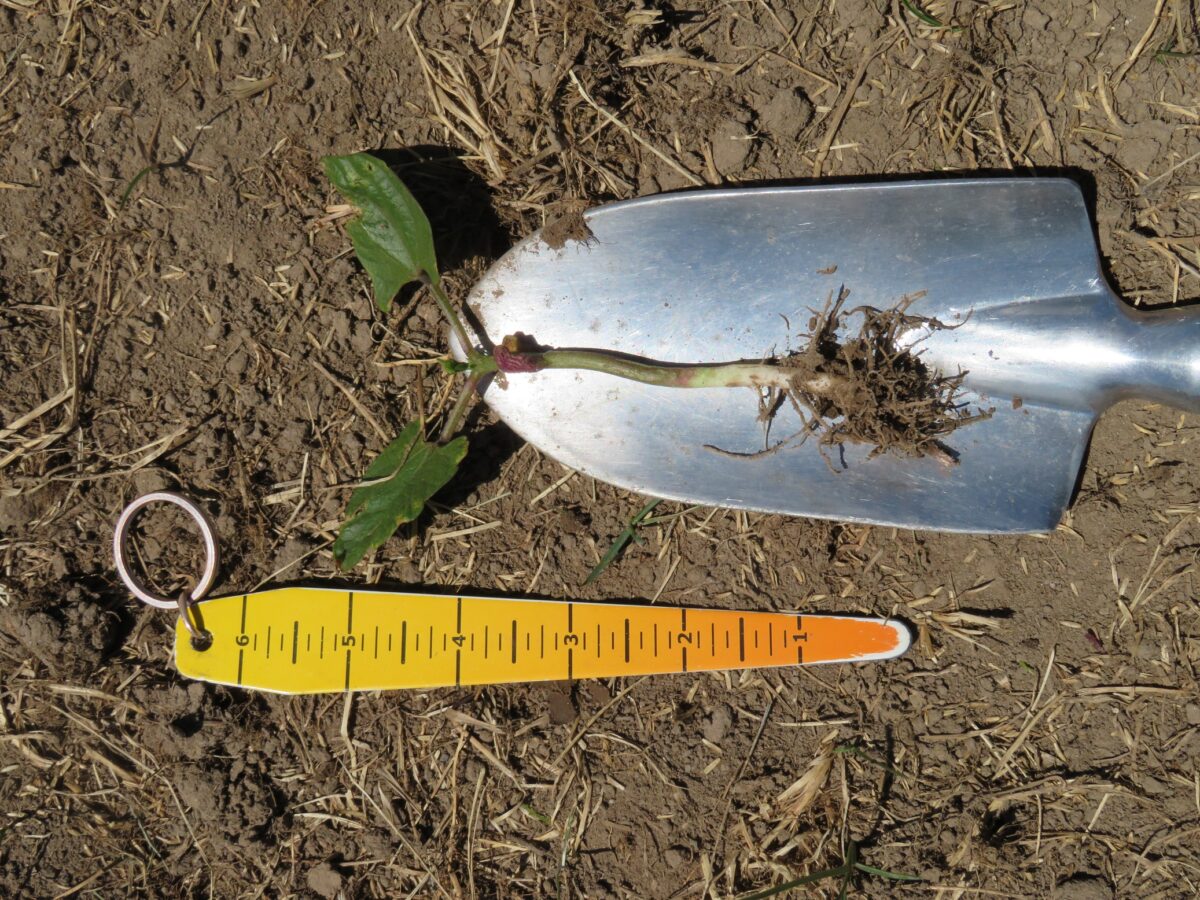Bean production practices such as row width, market classes grown, and the cultivar architecture have changed over time. Collectively, these changes could have a dramatic effect on grower decisions for plant populations for dry beans. Currently, there is little information on the impact of seeding rate on the yield of large seed dry beans in…Continue readingLarge Seeded Bean Seeding Rate Study
Category: Planting
Growers plant beans earlier in regions with fewer crop heat units (CHU) to avoid losses from fall frost, but the Ontario growing season is getting longer. Bean market classes grown, plant architecture and production practices (e.g. row width) are changing over time. Current guidelines provide recommendations for planting date and seeding rate independently, while seeding…Continue readingLarge Seeded Bean Seeding Date and Seeding Rate Study
Current production guidelines have separate recommendations for planting dates and seeding rates, while current seeding rate recommendations varies with row width. Growers typically plant beans earlier in lower crop heat units (CHU) regions, to reduce the risk of damage from fall frost. Many people believe that our growing season is increasing over time, which will…Continue readingSmall Seeded Bean Seeding Date and Seeding Rate Study
Plant population studies from the 1980’s developed recommendations for narrow row production. Since that time, there have been dramatic changes in production practices including row width, market class selection, and the plant architecture of cultivars. Collectively, these changes should have a dramatic effect on grower decisions for plant populations for dry beans. Recent planting technology…Continue readingSmall Seeded Bean Seeding Rate Study on 15″ Rows
Is there an economic benefit to variable rate seeding white beans? See infosheet. Is there an economic benefit to variable rate seeding cranberry beans? See infosheet.Continue readingIs there an economic benefit to variable rate seeding?
Dry Bean Seeding Rate Project Results
With the support of six Ontario dry bean producers located in Huron, Perth and Oxford Counties, a large seeding rate trial was conducted over 3 years on approximately 900 acres of cranberry beans, 600 acres of white beans and 200 acres of black beans. The objectives of the project were to: Demonstrate the use of…Continue readingDry Bean Seeding Rate Project Results
A dry bean seeding rate project was conducted from 2018-2020 in Ontario farm fields. White, black and cranberry beans were seeded in large plots in a wide range of seeding rates to evaluate aspects of variable rate seeding and to validate recommended seeding rates. Below is a 30 minute video summarizing the results. Further reports…Continue readingDry Bean Seeding Rate Project Results (VIDEO PRESENTATION)
Row widths of 70–75 cm (28–30 in.) are standard for both white and large-seeded coloured beans when the crop will be pulled and windrowed. In fields with a high risk of white mould, wide row widths are preferred to allow more air circulation in the canopy. Narrow row widths of 36–56 cm (14–22 in.) are…Continue readingRow Width
Seeding Rate
Dry edible bean seed size varies greatly. Check to ensure the planter is calibrated properly to plant the correct number of seeds per meter of row. Adjust seeding rates for seed quality and expected germination rate, field conditions and field history. In conditions where reduced emergence is a risk, increase seeding rates by up to…Continue readingSeeding Rate
Seeding Depth
A seeding depth of 4–6 cm (1.5–2.5 in.) is normal, but deeper plantings of up to 9 cm (3.5 in.) may be necessary to seed into moisture. At minimum, planting depth should be at least 1.2 cm (0.5 in.) into soil moisture. The seeding depth for dry edible beans is critical for uniform emergence. Frequently,…Continue readingSeeding Depth




